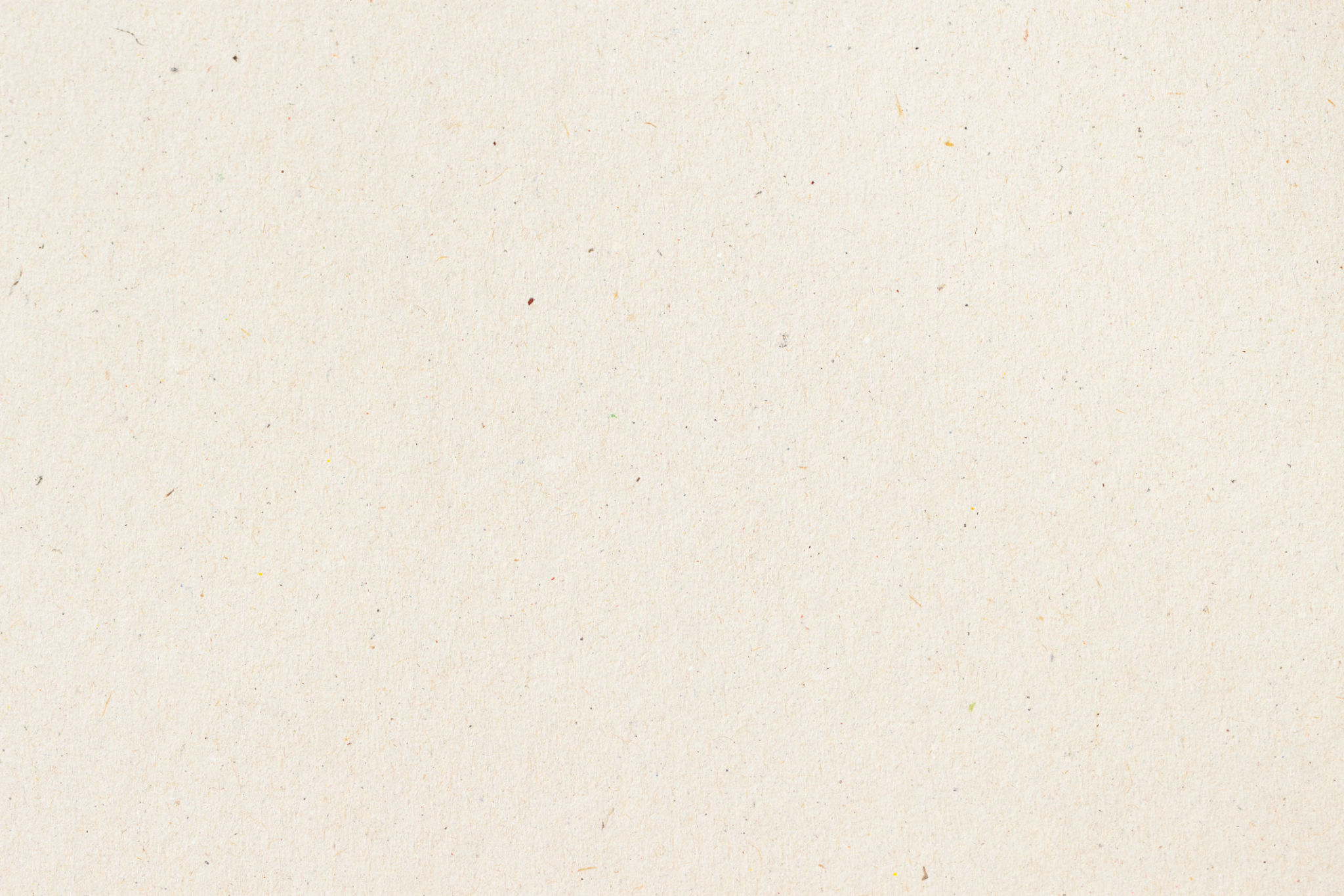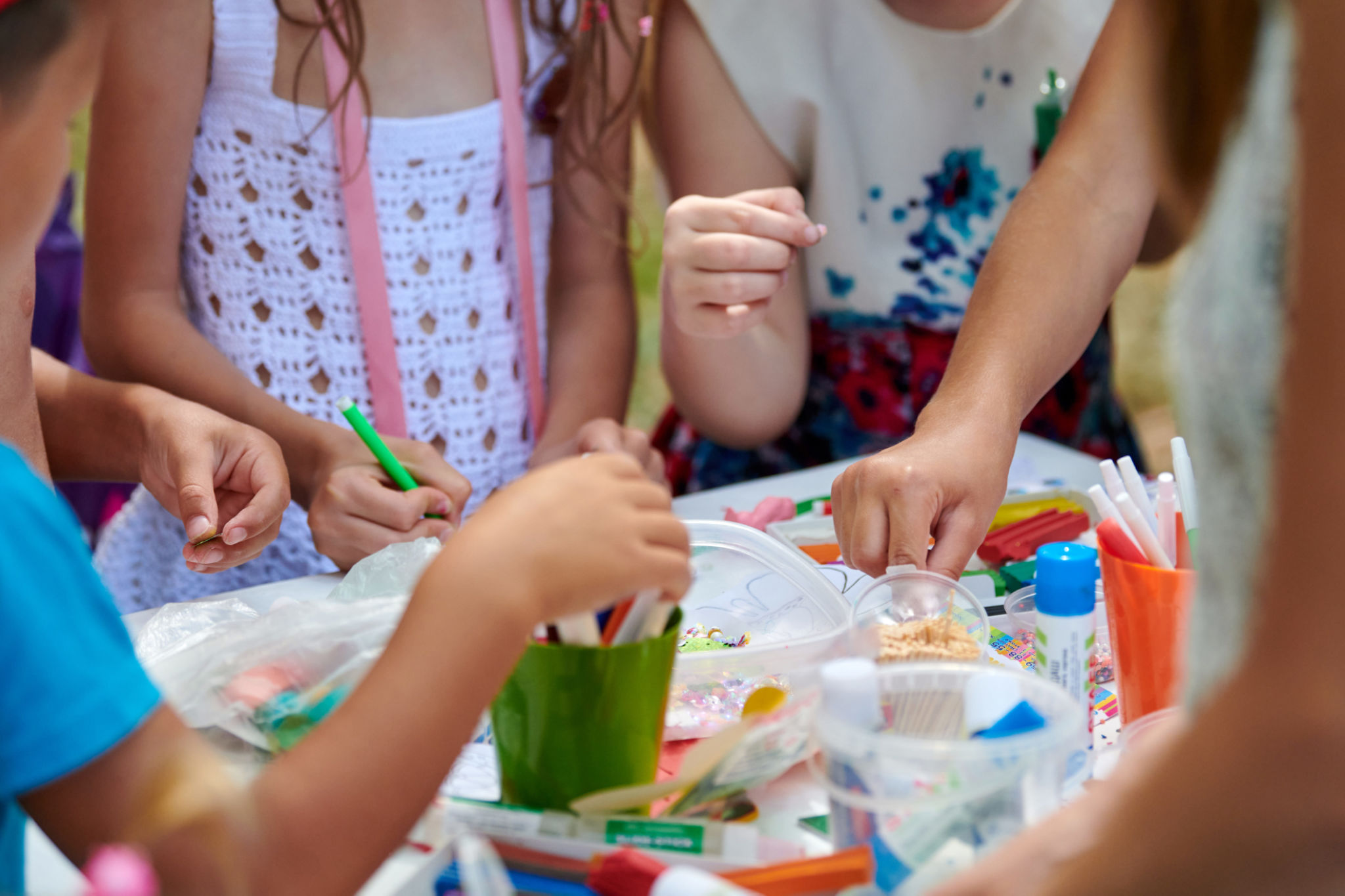Eco-Friendly Crafting: Sustainable Materials for Your Next Workshop
Why Choose Eco-Friendly Crafting?
In today's world, where environmental concerns are at the forefront, crafting sustainably is more important than ever. Eco-friendly crafting not only helps reduce waste and conserve resources, but it also brings a unique charm to your creations. By choosing sustainable materials, you contribute to a healthier planet while enjoying the creative process. Whether you're hosting a workshop or crafting for personal pleasure, incorporating eco-friendly practices can make a significant impact.
Eco-friendly crafting is all about being mindful of the materials you use. By selecting sustainable options, you're not only reducing your carbon footprint but also encouraging others to follow suit. This approach to crafting is both rewarding and socially responsible, making it a win-win for both creators and the environment.

Top Sustainable Materials for Crafting
When planning your next workshop, consider using materials that are both eco-friendly and versatile. Here are some popular choices:
Recycled Paper and Cardboard
Recycled paper and cardboard are excellent materials for a variety of crafts. From paper mache to card making, these materials are both accessible and affordable. By using recycled paper products, you're helping to reduce deforestation and minimize landfill waste.
Bamboo
Bamboo is a highly sustainable resource due to its rapid growth rate. It's incredibly versatile and can be used for everything from weaving to constructing small furniture pieces. Bamboo's natural beauty also adds an organic touch to your projects.

Natural Dyes
Natural dyes made from plants, fruits, and vegetables offer a vibrant and eco-friendly alternative to synthetic dyes. They provide a wonderful opportunity to experiment with a wide range of colors while maintaining an environmentally conscious approach.
Incorporating Sustainability into Your Workshop
Hosting a workshop with a focus on sustainability can inspire participants and instill eco-friendly habits. Here are some tips to help you integrate sustainability into your crafting sessions:
- Educate Participants: Begin your workshop with a brief introduction on the importance of eco-friendly crafting and the benefits of using sustainable materials.
- Encourage Recycling: Set up recycling stations for any leftover materials or scraps, ensuring that nothing goes to waste.
- Promote Reusability: Encourage participants to bring their own reusable tools, such as scissors and paintbrushes, to minimize the need for single-use items.

Benefits of Eco-Friendly Crafting
There are numerous benefits to adopting an eco-friendly approach in crafting. Not only does it help preserve the environment, but it also fosters creativity by challenging crafters to think outside the box. Sustainable crafting encourages innovation as you discover new ways to use everyday items creatively.
Moreover, eco-friendly crafting can also support local communities by promoting locally sourced materials. This helps reduce transportation emissions and stimulates local economies. By choosing sustainable materials, you contribute to a more balanced ecosystem and ensure that future generations can enjoy the beauty of our planet.
Ultimately, eco-friendly crafting is about making mindful choices that reflect our commitment to sustainability. Whether you're an experienced crafter or just starting out, embracing eco-friendly practices adds value and purpose to your creative endeavors.
